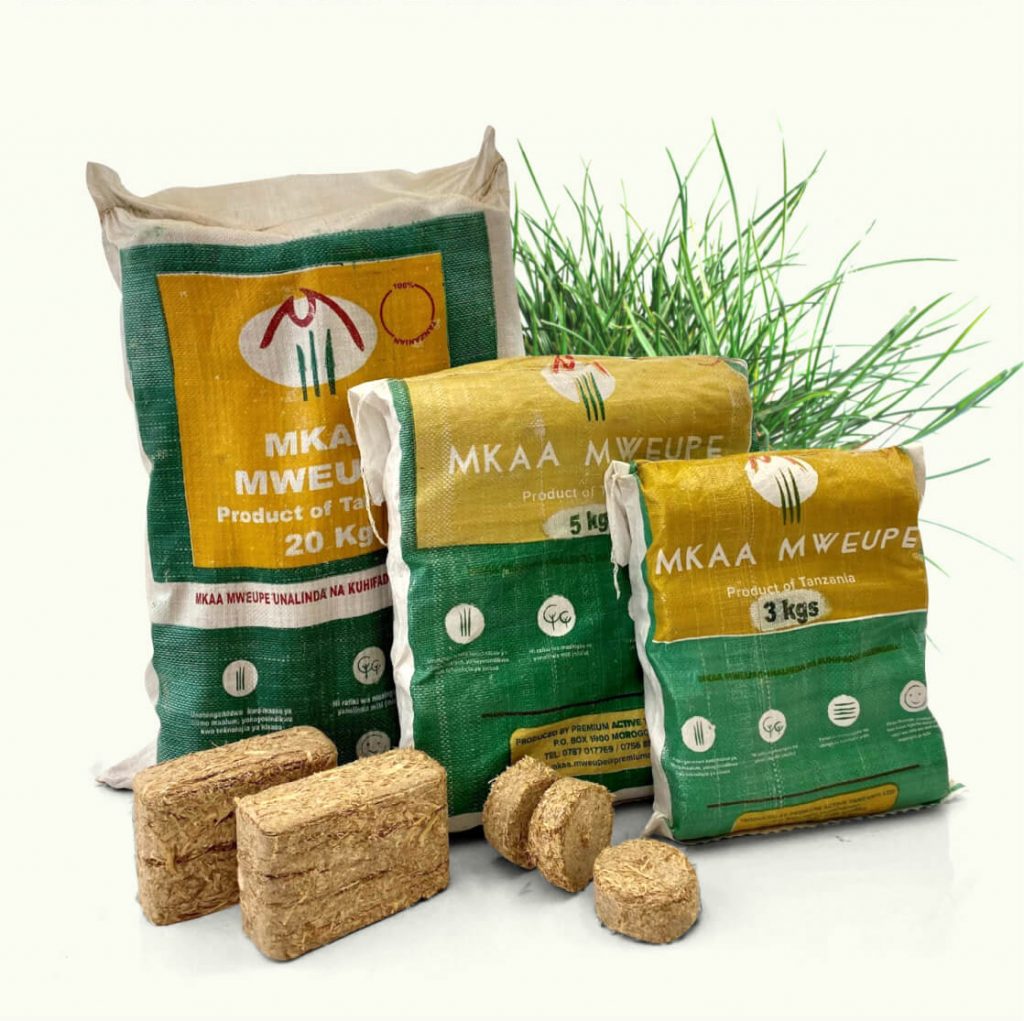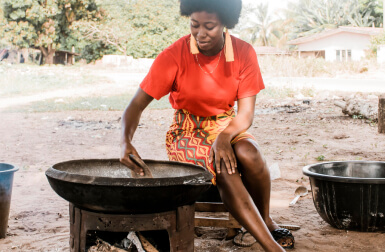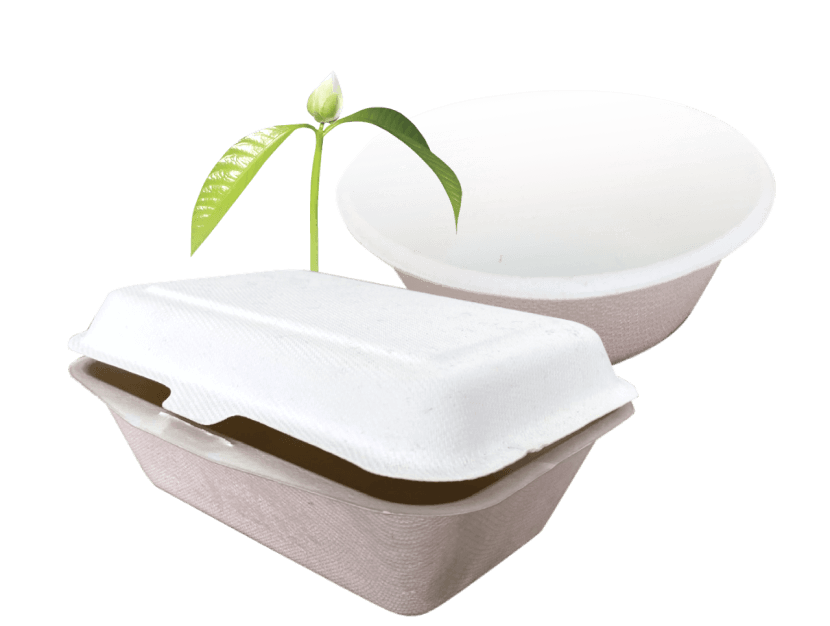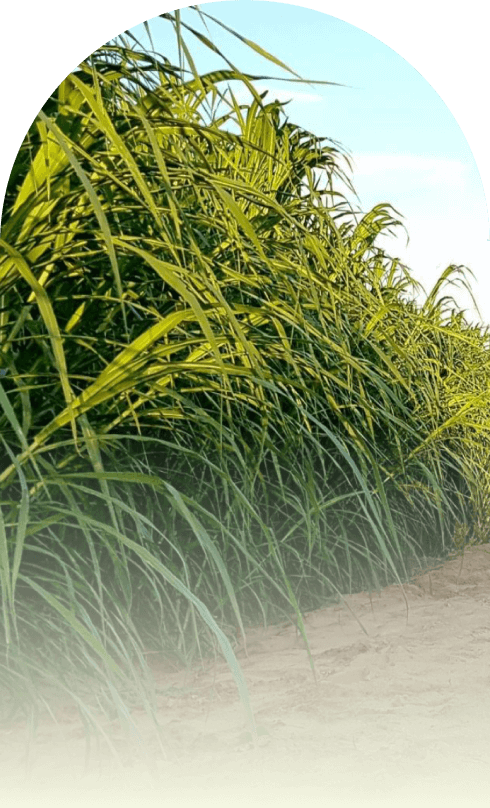Reduce wood and charcoal fuel consumption in our targeted African markets through developing large scale sustainable and carbon neutral non-food biomass crops and re-afforestation
Biomass Story
Bio-renewables from sustainable sources
to help in a greener future

Sustainable Biomass
Reduce wood consumption
Efficient &
clean stoves
In collaboration with partners, develop and market affordable, efficient and clean stoves
Competitively priced biomass
Make and distribute competitively priced biomass briquettes and pellets for the domestic and international markets
Green impact &
financial income
Develop forestry schemes to act as carbon sinks and leverage bio-fuels and forestry in developing tradable carbon credits
Biodegradable packaging
Using biomass, manufacture biodegradable packaging to replace single use plastics
Reduce fossil fuel consumption
Develop a bio-ethanol business to assist in reducing fossil fuel consumption in electricity generation
The Need for Sustainable Biomass

Used by 80% of homes
Wood based biomass fuel is the principal source of energy in Africa, with close to 80% of households using it for cooking.
At current growth rates, 920 million people will use this fuel type by 2030, with an estimated 4,000 people dying daily from indoor pollution.

Population growing
Wood based biofuels account for 90% of wood consumption in Africa and a 1% increase in urban populations leads to a 14% increase in usage.

To lessen deforestation
Between 1990 and 2010 approximately 75 million hectares of forest was cleared in Africa for wood consumption.
This is leading to declining tree cover, loss of biodiversity and soil erosion and playing a part of perpetuating poverty.

Plastic Packaging
Alternative
Between 1990 and 2019, 117.6 million metric tons of plastic was used in Africa. (Three of the world’s largest plastic polluting countries are in Africa. )
Much of the single use plastic ends up polluting valuable water sources, soils are the overall environment.
The need for African production of biodegradable packaging is pressing

C4 Biomass Plants
Climate change is being addressed by a reduction in the use of fossil fuels and using more sustainable non-food plant-based alternatives. Dedicated energy crops that are high yielding, grow in non-food marginal soils, cheap to grow and profitable for farmers are a response to this need. Miscanthus and Pennesetum are two of these sturdy C4 crops.
Why C4 Grasses?
They are perennials, with a lifespan of up to 20 years, and provide double the biomass of annuals.
An elevated N-use efficiency helps improve soils
The levels of nitrogen, Sulphur, potassium and chlorine are lower than wood biomass which reduces emissions when burnt.
They grow well on marginal soils, not suitable for food crops, and do not require fertilizers or pesticides
Compressed C4, ie: briquettes or pellets, has a higher energy output tham wood based biomass.
C4 ash residues are low when burnt
Viridium’s
Crops
1. Miscanthus
Miscanthus giganteus is a perennial C4 grass that can grow to a height of 4 metres in one season, and has significant CO2 sequestration properties. It grows well in marginal soils, is non invasive and has low water and fertilizer needs. Miscanthus has multiple applications in carbon neutral products from bio-fuels and bio-ethanol to bio-plastics
2. Pennesetum
Pennesetum purpureum, also known as elephant grass, is also a C4 grass that is native to East Africa. It has similar characteristics to Miscanthus and has applications in producing bio-fuel products

Measuring
The Environmental
Impact of Miscanthus
Source: The GRACE project
The underground rhizome locks away the equivalent of 3.04mt / ha / year of CO2
The above ground biomass will absorb the equivalent of 26mt / ha/per year of CO2
